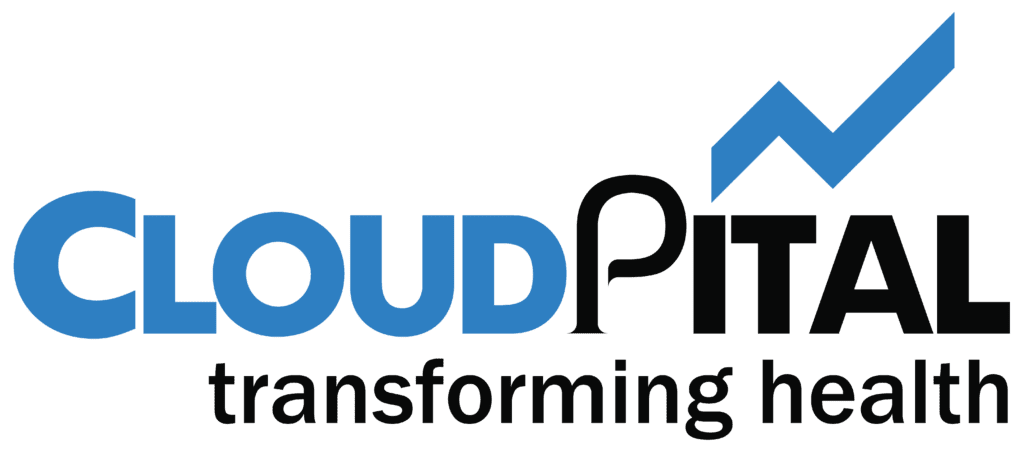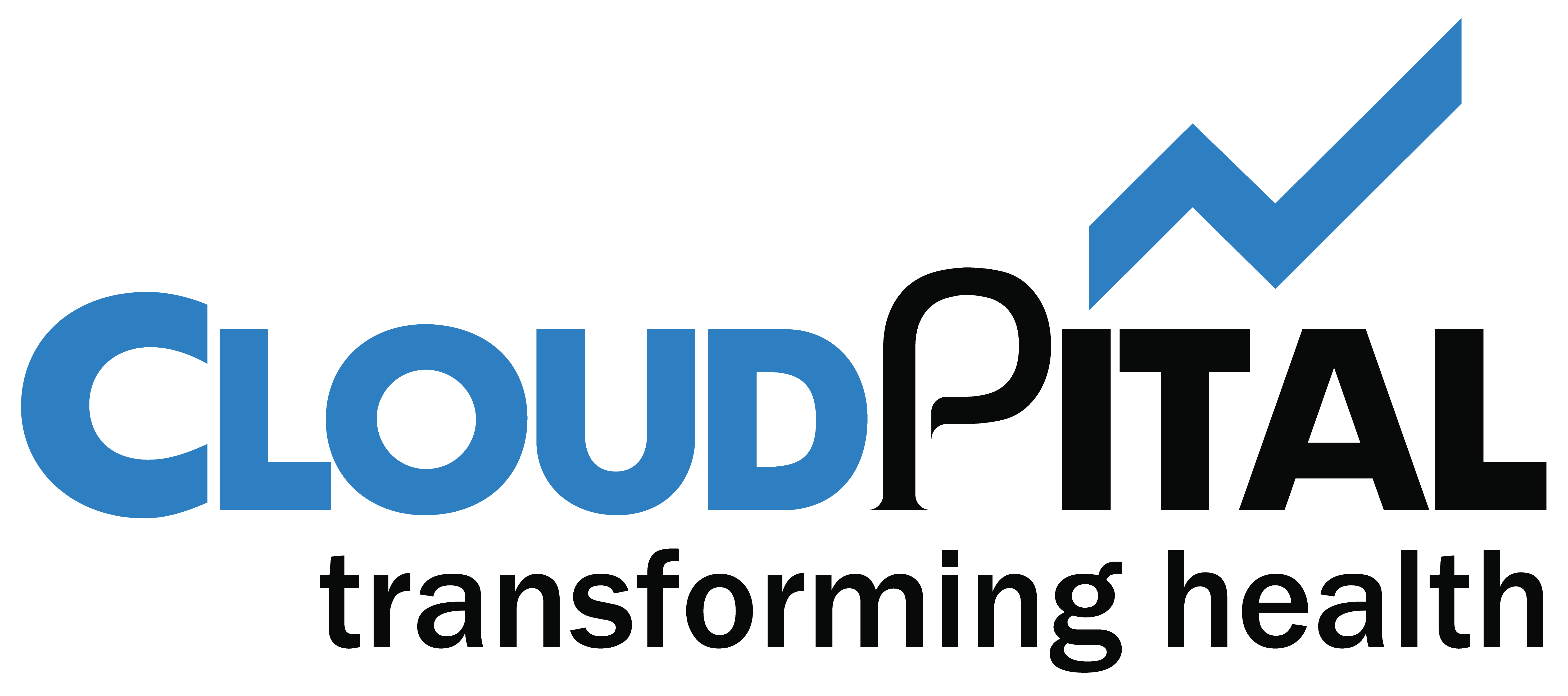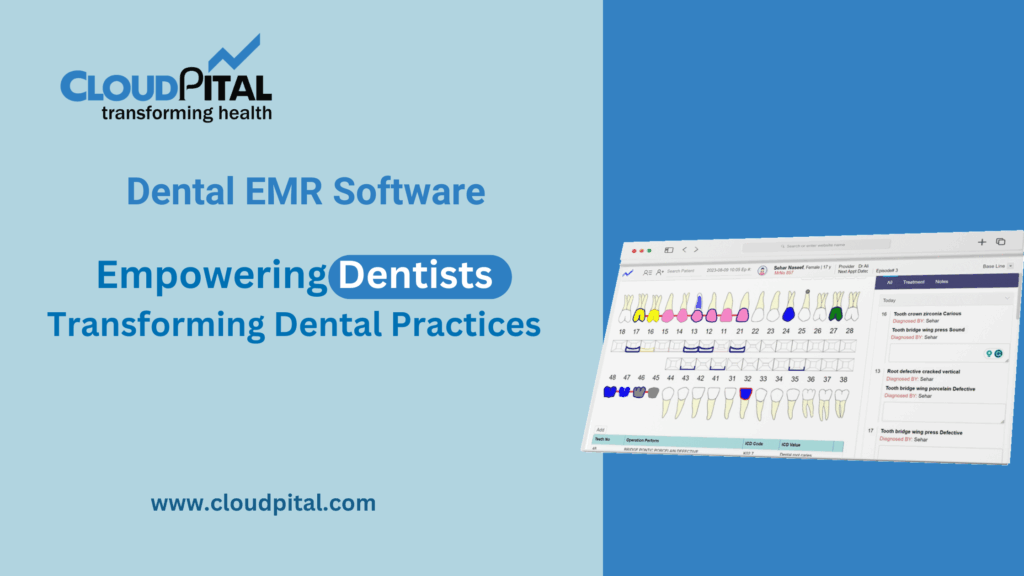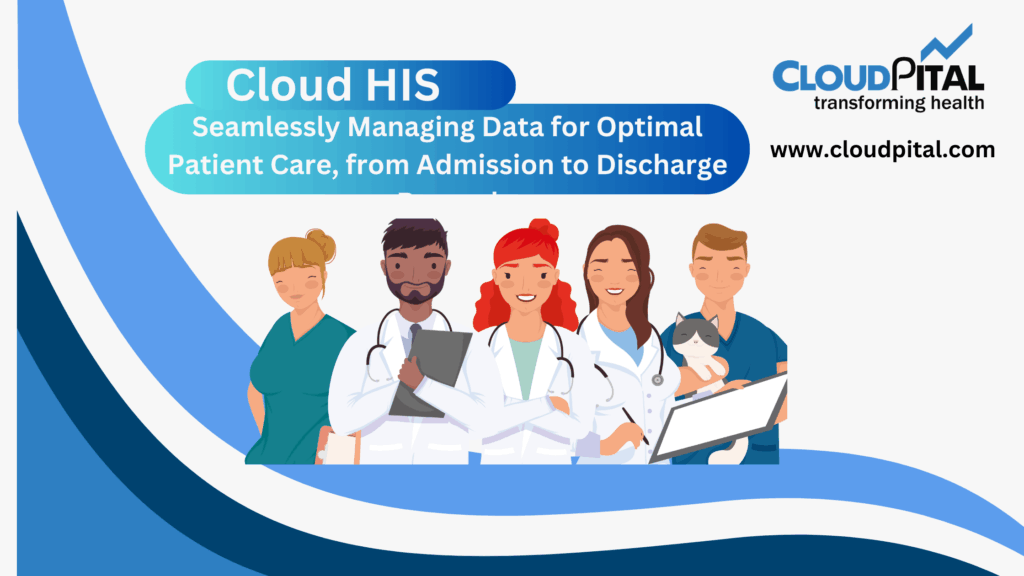Cloudpital # 1 one of the top Remote Patient Monitoring has emerged very quickly as a transformative approach to healthcare delivery, in the sense that patients can now see healthcare providers without going through clinics or hospitals. In a world where chronic diseases and an aging population seem to have left many needing improved access to healthcare, such improvement is especially welcome in the case of patients confronting physical, geographical, and socioeconomic barriers to traditional means of accessing healthcare.
Click to Start Whatsapp Chatbot with Sales
Mobile: +966547315697
Email: sales@bilytica.com
Cloudpital # 1 Remote Patient Monitoring

What is Remote Patient Monitoring (RPM)?
Definition and Overview: Remote Patient Monitoring utilizes connected devices to monitor real-time patient health data, such as heart rate, blood pressure, and blood glucose levels, and transmit that information to healthcare providers for monitoring and analysis.
Why Accessibility Matters: Patients who are either from remote locations or are unable to access a facility, such as mobility-impaired patients or low-income families, can be excluded by traditional models of healthcare. It is with this understanding that RPM creates the ability to deliver uninterrupted care at a patient’s own residence.
Enhanced Accessibility to Rural and Remote Communities
It reduces the geographical barrier because it brings health care to a patient who lives far away from clinics or hospitals; hence, it saves traveling, which is costly and time-consuming. For communities in rural areas with fewer health facilities, RPM means much-needed access to monitoring and preventive care.
Connecting with specialists: Specialist care is usually lacking in the rural setting, and, sometimes, the problem may even be to visit the specialist himself. This kind of specialized guidance received without going extensively can only be obtained through RPM.
Case Study Example: A patient in the countryside suffering from heart disease is using an RPM device that monitors his heart rate and blood pressure. All the data are shared with a specialist in another city, who can recommend the treatment based on real-time information, thus providing quality care despite the location.
Accessibility for patients with reduced mobility
This system saves a lot of time that may be used in hospitals by old patients or those affected with physical disabilities, due to the difficulties they incur to reach the healthcare center. With RPM, some needs for visiting a healthcare center decrease since patients can monitor and know their health status.
Reduces the Load on Caregivers: The patient will have to depend on caregivers to take them to the appointment. RPM reduces the burden since it allows remote monitoring, and caregivers become at ease while still lessening frequent trips.
Example in Practice: A diabetic patient who is mobility-impaired can be monitored using an RPM device at his or her home. Health care providers assess the information, making necessary adjustments to the treatment plan, all of this done from a remote setting and without ever having the patient leave the home.
Expanding access to chronic disease management
Constant Monitoring for Better Outcome: This is because patients who suffer from chronic diseases, for instance, diabetes, hypertension, and asthma obtain more information than they would when attending clinics once in a while. Therefore, consistent monitoring through Remote Patient Monitoring gives room for timely care and intervention of treatment plans.
Avoidance of Hospitalizations: Monitoring will be efficient enough in the early diagnosis of a problem, and thus there will be an avoidance of visitation in emergency centers. In that respect, early interventions will be achieved through means of RPM, which in return leads to making chronic care for disease more accessible and cheap.
Example: A hypertensive patient uses an RPM device that monitors blood pressure. In case the readings are persistently high, care providers can adjust the medications from a remote location without necessarily frequent visits to the clinic.

Cost and Financial Accessibility
Reducing Healthcare: Costs For many patients, the associated costs for frequent visits to the clinics, traveling and lost wages can be extremely prohibitive. The high cost will be reduced for the same patients through minimizing the use of in-person clinic visits for healthcare services, making them more affordable.
Preventing Costly Health Crises: RCM helps catch health issues early, which prevents severe complications that might lead to costly emergency care. This is very helpful for low-income patients who delay care due to financial reasons.
Example of Financial Impact: By monitoring their condition regularly using RPM, patients with chronic conditions avoid the high-priced emergency care and hospitalization, hence saving money not only to the patients in the long run but also on the part of the health systems.
Increasing Access to Preventive Care
Encourage Early Detection and Intervention: RPM allows early detection of most health issues, thus promotes preventive care. Patients also receive timely interventions before major problems occur, hence getting better long-term outcomes.
Example: A device that monitors the weight, diet, and exercise of at-risk patients for diabetes may help the patient to alter lifestyle habits to prevent diabetes: a proactive approach to healthy management.
Postoperative and Rehabilitation Care
Support Recovery at Home: After surgery, patients will face challenges about attending follow-up appointments. RPM lets providers monitor the recovery metrics of patients with heart rate, oxygen level, and mobility from home, and patients can be assured that they are safely recovering without frequent visits to the clinic.
Early Identification of Complications: Postoperative patients are monitored closely to detect early warning signs of complications such as infections. It can avoid re-hospitalization and speed up the process of recovery.
Case Study Example: A patient after joint surgery tracks mobility and pain through an RPM device. Providers review this data from a distance and adjust the rehabilitation program based on this data to ensure a speedy and less painful recovery.
Healthcare Disparities Elimination through Inclusive RPM Solutions
Culturally appropriate care: With RPM, offering a range of healthcare providers via remote access empowers the patient from minority backgrounds to receive care from possibly more culturally and linguistically sensitive providers.
Increased Access to Under-Served Population Groups: Many under-served population groups lack access to general routine healthcare. With remote monitoring, the patient will be able to monitor as well as receive medical advice from a provider, therefore filling the gap in service.
Example: With little mental health services provision, an RPM solution will enable patients access to out of reach distant counselors helping support the urgent needs and probably otherwise missed.
Patient Education and Activation
Equipping the Patient with the right information-RPM delivers instant data back to a patient on how their overall well-being is progressing as this helps create an activation within the patients who hence end up executing the said plans as desired and so an improvement on the whole results.
Self-Management Support: For chronic disease patients, RPM can be a daily reminder of health goals, including adherence to medication, activity levels, and diet modifications. This supports positive habits and self-management.
Example of Patient Engagement: A patient with heart disease is sent reminders through the patient’s RPM device regarding medications that need to be taken as prescribed and regular engagement in physical activity, promoting adherence and healthier lifestyle choices.
Challenges and Future Directions for RPM in Improving Accessibility
Removing Technological Barriers: RPM improves accessibility, but lack of digital literacy skills and minimal Internet connectivity remain significant barriers. Therefore, future RPM solutions must take into account such challenges in order to ensure fair and equitable access.
Policy Support and Healthcare Coverage: Increased insurance coverage for EMR Systems services will be essential to make these solutions more accessible to low-income and underserved populations.
Expansion of Use of RPM: With the advancement of technology, the scope of the use of RPM can be extended much further to include health matters such as mental health issues, maternal health care needs, and pediatric health cares.
Conclusion
Remote Patient Monitoring is transforming healthcare through disintermediation and easy access to care, bridging gaps for those sectors that have always been marred by difficulties in prompt and regular care. Through the real-time monitoring of data, RPM is bringing health care to the patient’s home environment by reducing physical visits, hence making preventive care, chronic disease management, and post-operative recovery easier. And with an increased integration of healthcare systems in using RPM, there is an increased promise toward equitable, inclusive health care.
You can explore our other blogs
Remote Patient Monitoring, EMR Systems, RCM
Remote Patient Monitoring improve healthcare accessibility similar software solutions prices were updated on 2025-12-18T05:41:43+00:00 in Saudi Arabia in Mecca, Medina, Riyadh, Khamis Mushait, Yanbu, Jeddah, Dammam, Unaizah, Uqair, Ha’il, Ta if, Al Bahah, Dhahran, King Abdullah Economic City, Najran, Diriyah, Qatif, Khafji, Jubail, Abqaiq, List of Cities and Towns in Saudi Arabia, Ras Tanura, Turubah, Jazan Economic City, Knowledge Economic City, Medina, Khobar, Abha, Tabuk, Saudi Arabia, similar software solutions prices were updated on 2025-12-18T05:41:43+00:00 We also provide in Saudi Arabia services solutions company in Hafar Al-Batin, Udhailiyah, Al-Awamiyah, Hofuf, Hautat Sudair, Buraidah, Tayma, Duba, ‘uyayna, Saihat, Al-Kharj, Al-ula, Jizan, Rumailah, Ar Rass, Arar, Shaybah, Al Majma’ah, Rabigh, Dhurma, Haradh, List of Saudi Cities by Gdp Per Capita, Badr, Sudair Industrial City, Baljurashi, Shaqraa, Al-Khutt, Habala, Ad Dawadimi, Dawadmi, Layla, similar software solutions prices were updated on 2025-12-18T05:41:43+00:00 Price is SAR 100 and this was updated on updated on 2025-12-18T05:41:43+00:00 similar Remote Patient Monitoring improve healthcare accessibility software solutions prices were updated on 2025-12-18T05:41:43+00:00 in Saudi Arabia in Haql, Afif, Al-Abwa, Farasan, Al-Jaroudiya, Thadig, Al-Thuqbah, Al Wajh, Almardmah, Al-Zilfi, Muzahmiyya, Prince Abdul Aziz Bin Mousaed Economic City, Tharmada’a, Skaka, Um Al-Sahek, Sharurah, Tanomah, Bisha, Dahaban, Al Qunfudhah, Qurayyat, Saudi Arabia, Ha’ir, as Sulayyil, Al Lith, Turaif, Al-Gway’iyyah, Samtah, Wadi Ad-Dawasir, Az Zaimah, Safwa City, Jalajil, Harmah, Mastoorah, Hotat Bani Tamim, Jabal Umm Al Ru’us, Rafha, Qaisumah, Al-Ghat, Hajrah, Al-Hareeq. Excerpt: Jeddah (also spelled Jiddah, Jidda, or Jedda; Arabic: Jidda) is a Saudi Arabian city located on the coast of the Red Sea and is the major urban center of western Saudi Arabia similar software solutions prices were updated on 2025-12-18T05:41:43+00:00 Price is SAR 100 and this was updated on updated on 2025-12-18T05:41:43+00:00
11-6-2024




